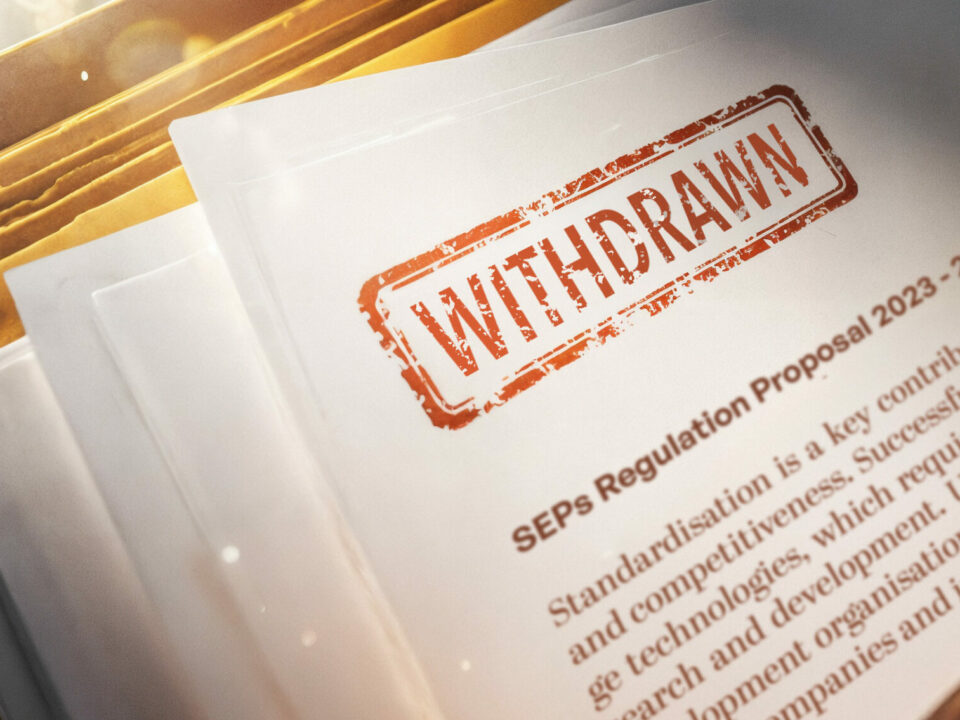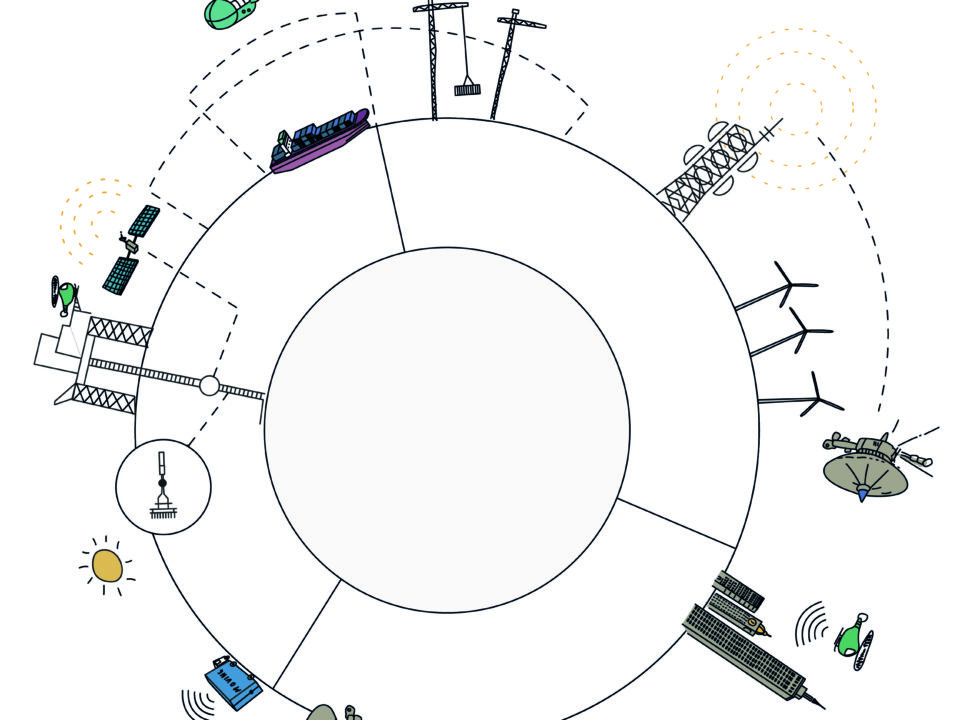SEP licensing royalties: What is fair and reasonable?
‘Fair’ and ‘reasonable’ royalties can be viewed as a Venn diagram.

They must:
- Reflect the value of an invention in the context in which it is used;
- Be high enough to provide incentives for developers to continue investing in standards; and
- Be low enough to support broad dissemination of the standards among implementers.
It is self-evident that the value of a technology depends upon its application. For example, a mobile wireless technology can be incorporated in a vending machine to occasionally report stock levels. The same technology can be featured within a self-driving car. In the former, the technology is used occasionally and provides a moderate benefit to the vending machine owner. In the car, the same technology is used continuously and is responsible for mission-critical and safety features that benefit consumers, manufacturers, and society at large. Connectivity adds far more value to the self-driving cars than to vending machines.
The flexibility of such variable, value-based pricing lies at the heart of open standardisation. If technology innovators were obliged to charge the same price for patented technologies based on the value they bring to a self-driving car, then other implementer products like vending machines would be unattractively priced. This could potentially impact the broad deployment of the standard in some IoT segments.
Alternatively, if SEP holders had to charge the same price based on the value of a patent in a vending machine, licence revenue from self-driving cars would decrease, providing less incentive to invest in standards and R&D. Billions of euros are needed to develop the next generation of wireless standards technologies in a 5G and IoT world. These investments won’t be possible if licence fees are limited to the value that connectivity provides to vending machines.
A value-based pricing approach ensures broad access to standardised technologies while simultaneously allowing for robust investments in R&D. This is a foundational element of open standards.



